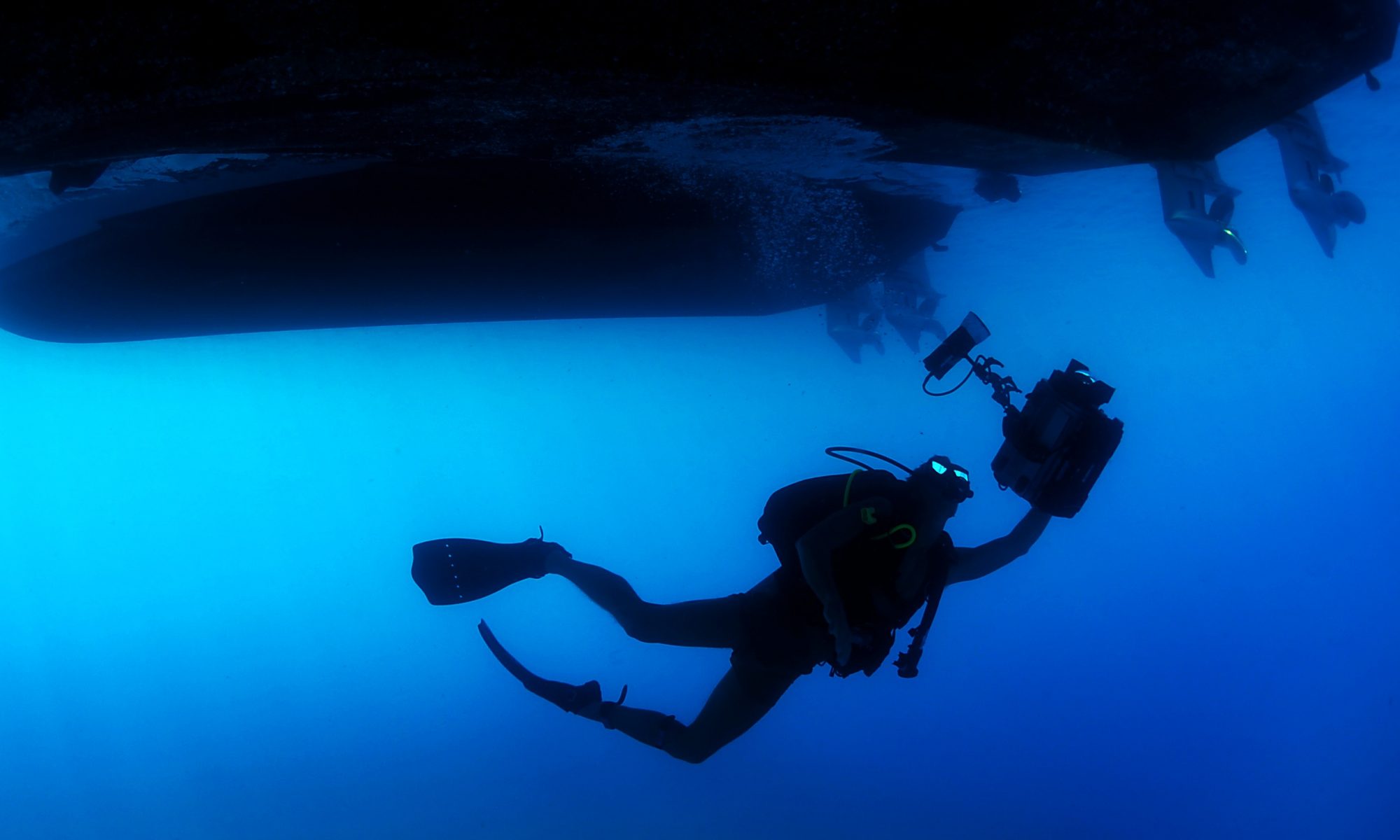Peter is a post-doctoral researcher on the EU-funded Ecostructure project.
Why did you choose to study / research marine science?
I always had a passion for exploring and experimenting. This all started when I was very young, building “sand dams” and seeing what sea creatures washed into my trap. This interest slowly developed into a love for the physical world, it’s complexity and why different shapes and textures are better suited to one species over another. I was never the best desk based scientist and wanted to use microscopes, range finders, quadrats, cameras and GPS. This desire to be tactile or outside led me to study Geology and computing at Manchester University which in turn resulted in my first job working in the dredging sector and environmental survey. It was here I found that specifically I loved the marine environment and the balance between salinity, sedimentation, colonisation and erosion. It was the fact that these process can be observed on a hour by hour basis and that only a few cm’s can make a huge difference to a sites ecology that intrigued me most.
I finished my Ph.D. in 2018 studying the roles of topography in the coastal diversity and began a new love affair with emerging technologies and science outreach in coastal science using LiDAR and photogrammetry to describe environments, understand the ecology and explain the importance of such physical diversity to land owners, politicians and the public.
What is your research project about?
I am currently working as a PostDoc on ECOSTRUCTURE (https://bit.ly/321mMfw). Here my roles is primarily focused characterising the features of artificial and natural rocky shores and modelling the relationships between the biota that lives in these two systems (work package 2). In recent months I have been working with work package 3 towards the deployment of “true topographic” concrete tiles derived from photogrammetry, 3D printing, concrete moulds and machine learning, covered by the BBC (https://bbc.in/2ZmUZby).
Interesting fact about yourself?
I am a surprisingly good darts player. I only wear “lucky” stripy socks for field work. A passionate supporter of palliative care and metal health support networks.


